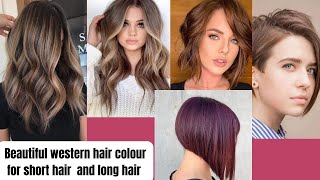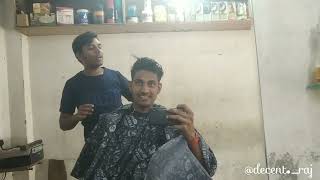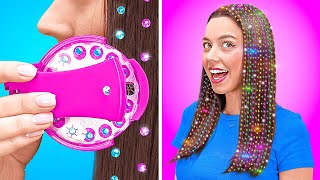Is Sealing Your Ends Really Necessary?
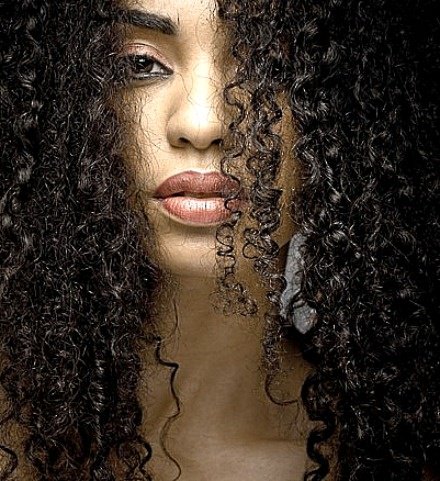 Sealing your ends is one of the most important things you can incorporate into your regimen for length retention, whether you are natural or relaxed. To retain length successfully, and keep it from getting shorter, you want to find ways to ensure that your fragile ends are well protected.
Sealing your ends is one of the most important things you can incorporate into your regimen for length retention, whether you are natural or relaxed. To retain length successfully, and keep it from getting shorter, you want to find ways to ensure that your fragile ends are well protected.
Sealing your ends is the process of moisturizing and then adding a oil or butter to trap the moisture protecting your ends from the outside elements. In addition to sealing we also try to keep our ends from becoming dry and split with protective styles.
How do you seal?
First, you have to moisturize your ends with pure water or a water based product, then add a barrier to your moisturized hair in the form of an oil or butter. You can choose whatever butter or oil you like, if your hair likes a heavy oil then you can choose to use one, however if your hair gets limp with heavy oils*, then use a lighter option instead.
Next you can choose to weave* a style to make sure your ends are not manipulated for at least a day. The most common styles for helping your ends are braids, cornrows, buns, twists, or anything where your ends are tucked away securely and comfortably.
Your ends are the oldest part of your hair, growing older as your hair gets longer. Because of that, they need more care and love than the thick growth you receive from your roots. Without sealing your ends, they become susceptible to the outside elements like rubbing against your clothes without a break.
This is where the nutrients from your hair follicles can slip away, causing your ends to become dry and split. Without moisture and being protected from these harsh conditions, your ends are not going to hold up!
Girls who like to wear their hair down and in twist-outs or other styles, might notice their ends getting crunchy or weak after a lot of these styles.
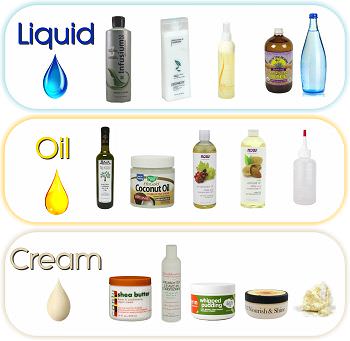 I have heard a lot of my friends to talk about limp or oily ends once they attempted to seal-which is one of the reasons it is a controversial topic.
I have heard a lot of my friends to talk about limp or oily ends once they attempted to seal-which is one of the reasons it is a controversial topic.
The answer to your ‘limp’ problem is the answer to life- water! Warm water helps your hair cuticles accept the oil, instead of products sitting on your hair, making it greasy and limp.
Spraying your hair with water is the best method, because this ensures that the water is evenly spread throughout your hair and on the ends of your hair.
For an effective seal try the LOC method
The LOC method is a great sealing tactic it allows you to use your oils* and creams in the most effective way possible. The L, stands for liquid or water, O refers to your oil and the C refers to your cream or butter. The LOC method works well with light oils* because you have a cream to back up your sealing technique.
The importance of protective styling when sealing
Protective styling has a lot to do with whether or not your ends retain moisture as well. This is because even though you have sealed your hair, your ends are still exposed, even if protected.
It is sort of like putting on lotion before going outside in 20 degree weather, but still wearing shorts. You want your ends to be tucked away and give them time to rest and accept all the products you gave them.
Braids and weaves* can also protect your ends, because they are locked and rested. The weight you put on your hair and not letting your hair breath is another factor, but your ends will be protected.
One thing to consider is that because your ends are locked away for so long, they can STILL lose moisture throughout the month that you have an install, which is why it is very important for you to seal your locked ends.
Sealing them before installing braids or a sew-in will be the same procedure, moisturizing your hair with water and then adding the oil or butter of your choice.
When you are wearing braids you can also schedule a time to give your hair moisture by making your very own braid spray that you can use on your braids or just co-washing them from time to time.
Even though you cannot see your hair, you still have to make sure your strands stay moisturized while they are locked away. With that said,is sealing your ends really necessary? The answer is yes, but for it to be even more effective you should add a bit of protective styling to the mix.
Sealing your ends is simple and will save you from ever having to think about you not retaining the length you achieve. It might be trial and error in some cases, but your hair will thank you for it! Comment below and let us know your favorite sealing methods.


